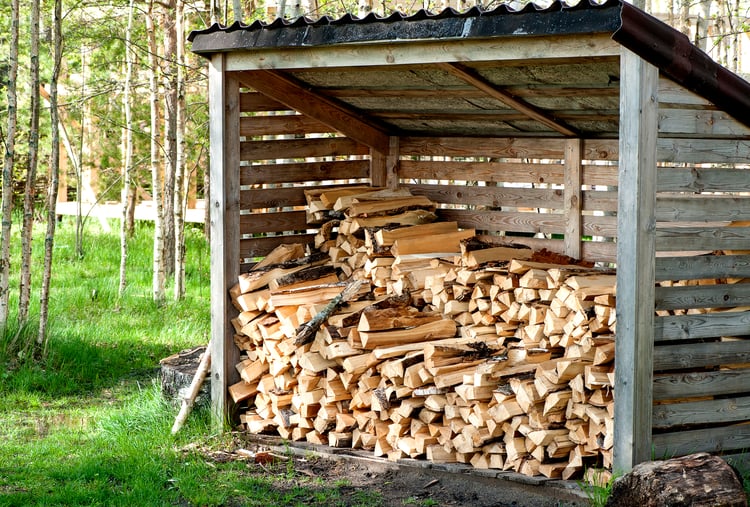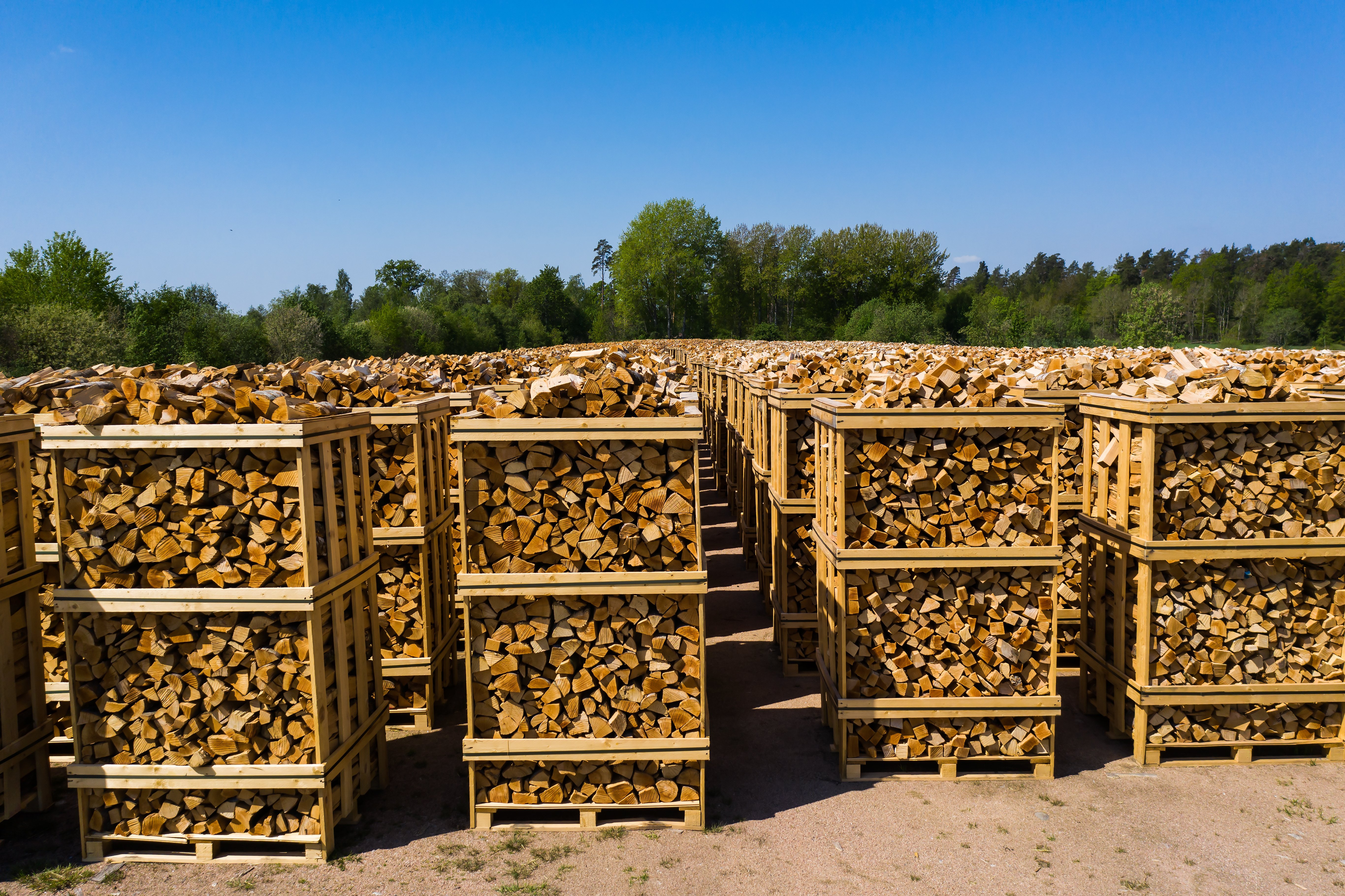
Ensure the quality of your firewood by drying and storing it correctly
The firewood trade is booming, which means that more people are using firewood for heating their homes. Burning fresh or otherwise damp wood is not energy-efficient, so it’s also hard on the wallet. In addition, burning dump wood produces significantly more emissions than burning properly dried wood. Burning wet wood uses energy to evaporate water, which is directly removed from the heat produced. It is therefore worth paying attention to the drying and storaging of firewood to ensure that heating is as efficient and environmentally friendly as possible.
Dry firewood burns economically and in an environmentally friendly way
Proper drying of firewood ensures its quality and facilitates its transport. In commercial production, drying of firewood is an important part of the production process and careful implementation will speed up the process and thus generate savings. You can read more about this topic in our blog on how to produce cleaner firewood.
The recommended moisture for firewood is 15-20%. With the correct moisture, wood burns cleanly and produces heat energy as efficiently as possible. This also makes the lighting and burning of firewood easy, economical and environmentally friendly. Carefully dried firewood also prevents mould during the storage phase.

The best time to cut your firewood is usually spring
The best time to cut your firewood is usually spring. This way you will have enough time to dry them before the autumn season. To intensify the drying process you can chop the firewood directly into a warehouse with breathable walls or stack them under a canopy.
Air drying in log bags or log cages makes it easier to transfer your firewood during the drying process if necessary. It also makes it easy to transport the firewood to the customer. Wood sacks are a popular solution in many countries and almost all sacks are made of highly breathable material which allows the firewood to dry quick and easy.
In case you want to make dry firewood all year round, you most likely need to use artificial drying. Different artificial drying methods are popular especially among professionals. In artificial drying you speed up the drying process for example with a kiln dryer or with an air dryer with artificial ventilation.
Under no circumstances should you attempt to dry firewood in a confined space, as this slows down the drying process, reduces the quality of the firewood and increases the risk of mould. Air chalk works for drying firewood, but air drying in clap sacks or slotted sacks is usually even more effective. They also make it easier to move and transport firewood when necessary. The right kind of clap sacks are made of highly breathable material and dry firewood quickly and easily.
Storing firewood properly
When storing firewood, it is important to make sure that the dried wood stays dry. Therefore, the very first thing to do is to make sure that the wood is stored in a place protected from rain, for example in a shed. Remember to ensure that the wood is not covered too tightly. This will allow moisture to condense and the firewood to mould easily.
The most important rule to remember when storing firewood is that it should always be stored so that the air can move around it. For example, in a good woodshed, air circulates through gaps in the floor, walls and roof. The structure should therefore be designed to protect the firewood from rain, while still providing good ventilation in all directions.
If you store your wood next to the wall of a building, remember that firewood can be home to a wide range of microbes and may also contain mould or moisture. This can pose a risk to the building and even cause structural damage. Make sure you only store clean and dry wood this way and make sure there is a proper ventilation also to keep the firewood dry.
Remember to be alert for fire hazards

Piling firewood next to the wall of a building is also a fire risk. In the event of a fire, wood piled next to a building will intensify the fire, accelerate its spread and make firefighting work more difficult. It is therefore advisable to store firewood safely away from occupied buildings.
The best place to store firewood is in an airy chalkboard, where it can dry out and stay dry after drying. However, fire safety and related regulations must also be taken into account when storing firewood outside. The firewood store should not be located too close to other buildings.
It is best not to keep more than a small amount of wood indoors, so it is best to bring wood inside 1-2 days before burning it. This gives the outer surface of the wood time to dry inside, but minimises other risks.
Tips for storing firewood correctly
- Do not store firewood on the wall of a residential building, as it is a fire hazard and can also cause structural damage to the building.
- Store firewood indoors only in small quantities at a time. A good rule of thumb is to bring only the amount of firewood you will need to burn within a few days.
- Do not store firewood on the ground without platform.
- Do not cover firewood too tightly to prevent moisture condensation and mould.



